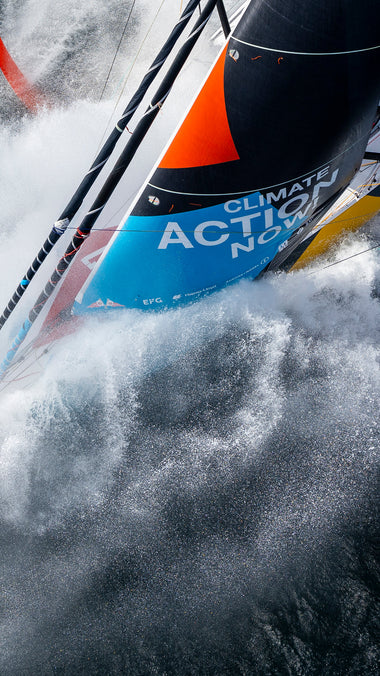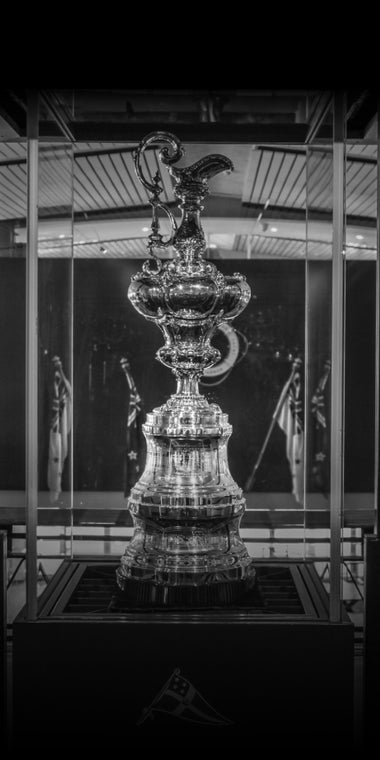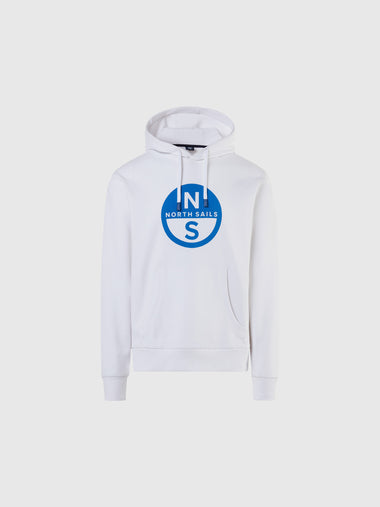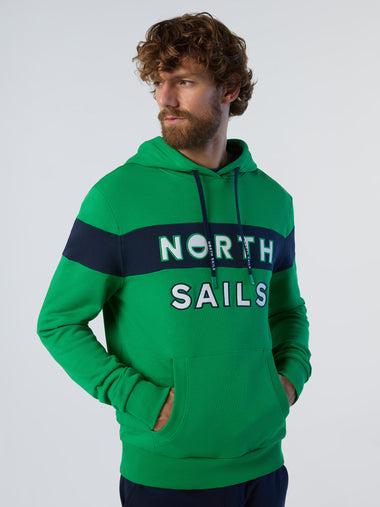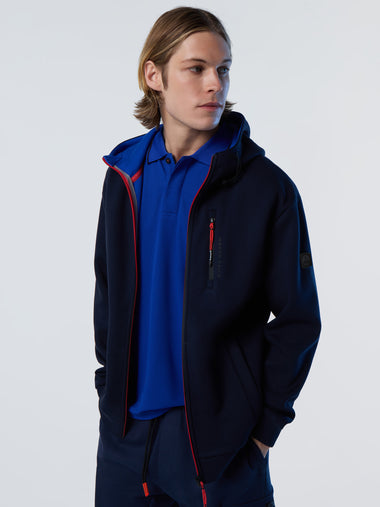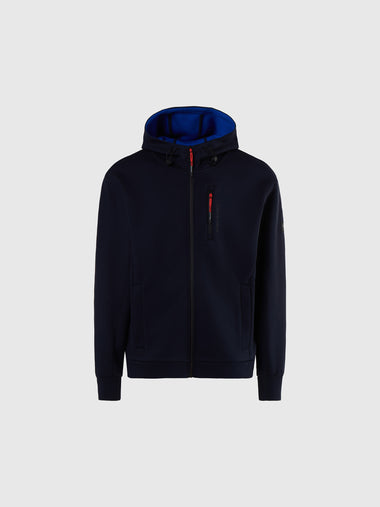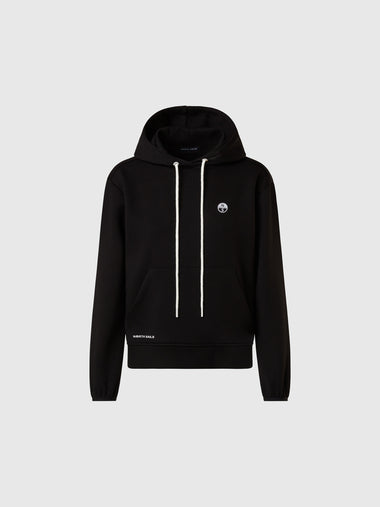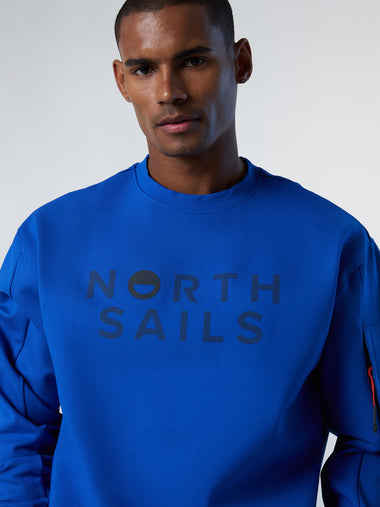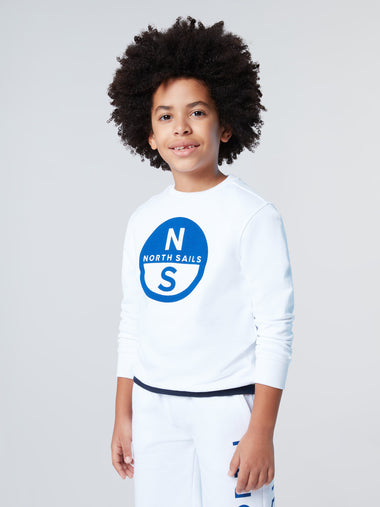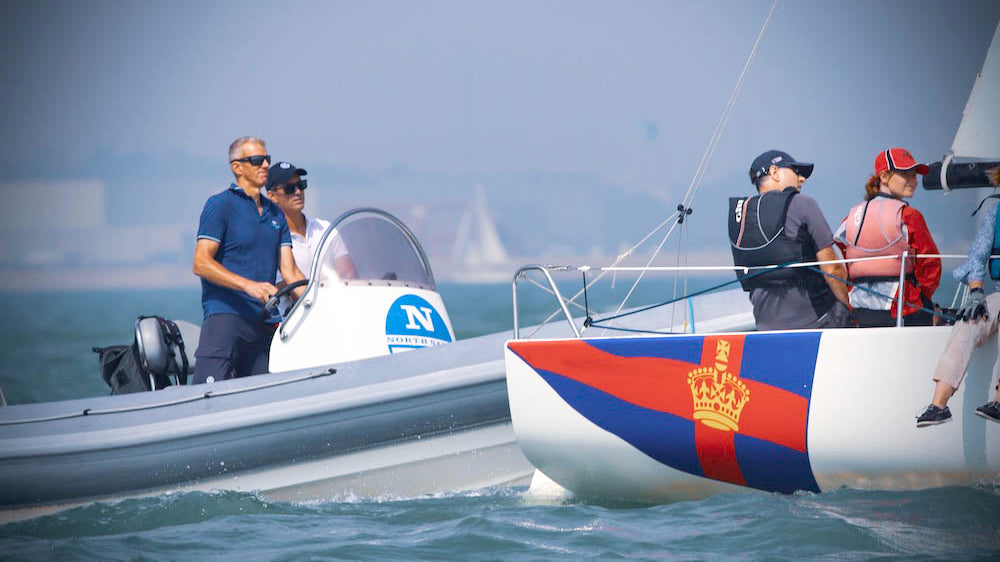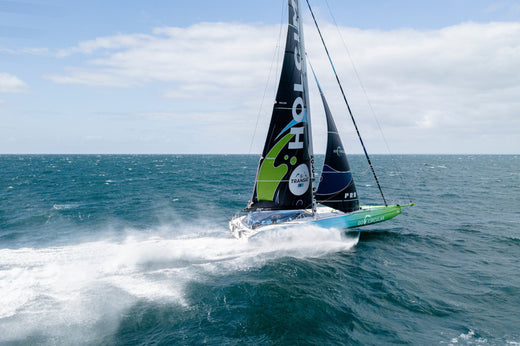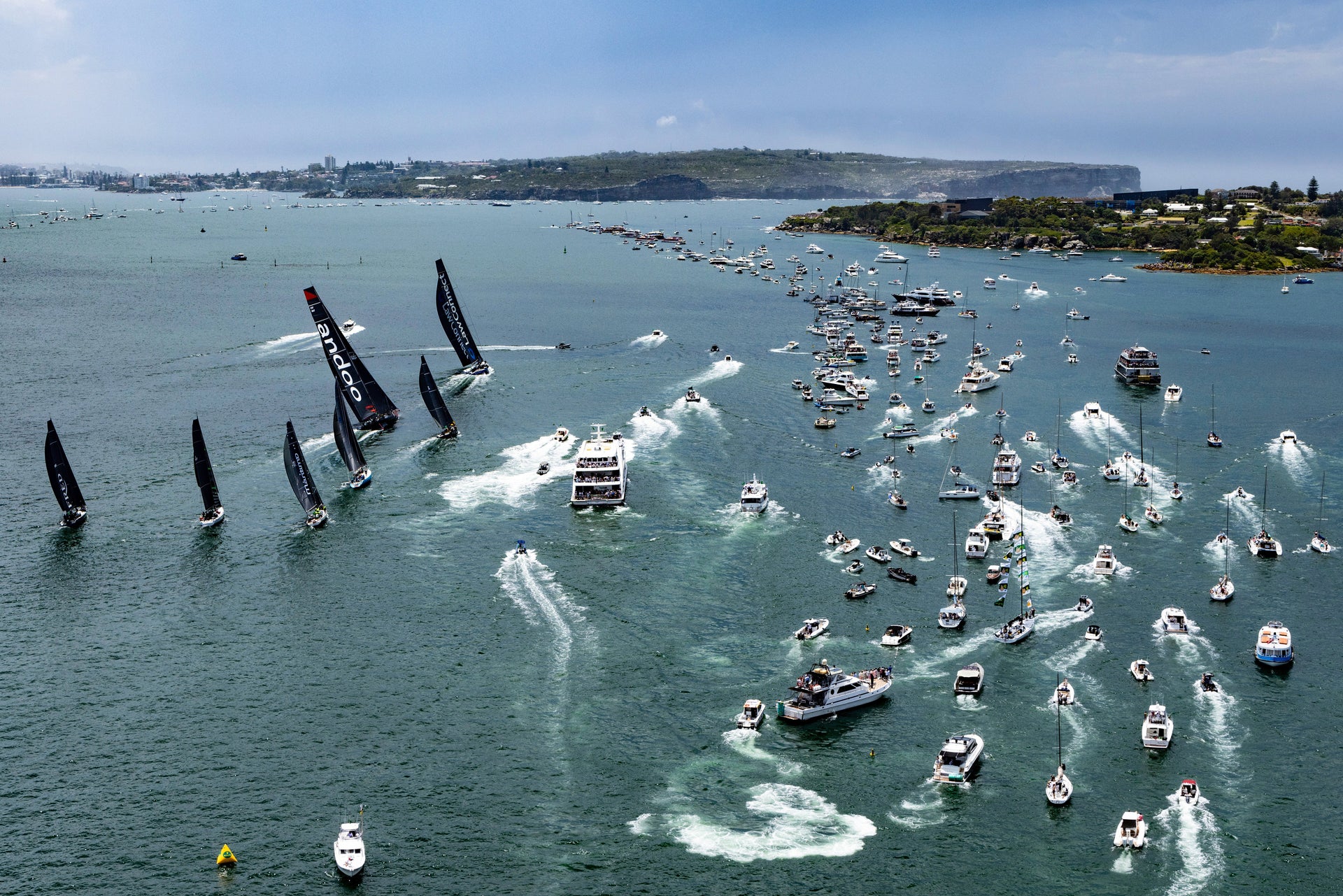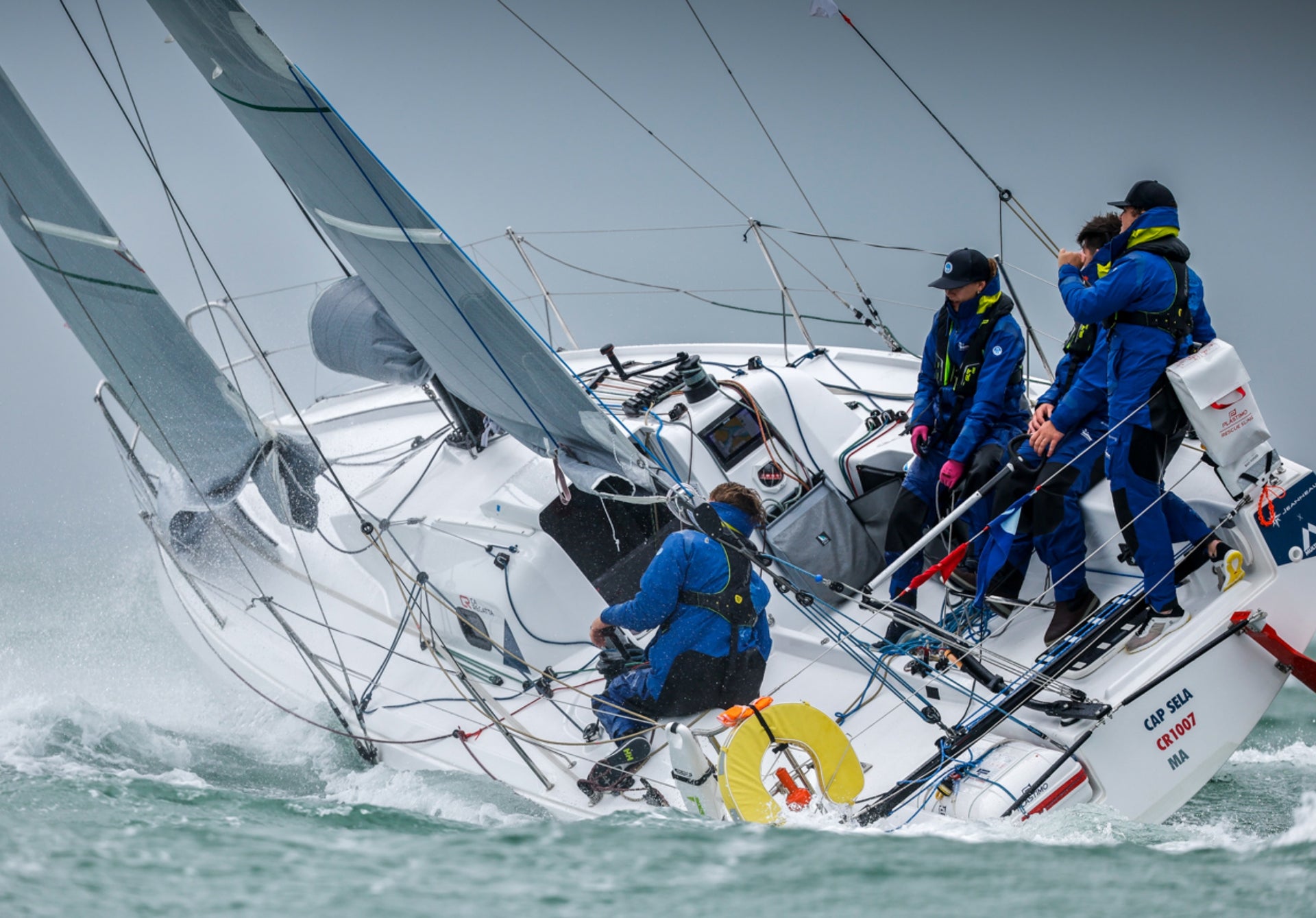CHARITY CUP COACHING TAKEAWAYS
Coaches Perspective on Weekend Club Race

📸 Louay Habib/Royal Southern Yacht Club
Local experts onboard the North Sails RIB took to the Solent each day to offer coaching tips to all 75
One Design and IRC boats competing in the Royal Southern Charity Cup Regatta.
Neil Mackley has summarised the most frequent points of feedback for you to apply to your next weeknight or weekend club race.
Less Crew Equals Less Righting Moment
Due to the restrictions on crew numbers, a lot of boats were sailing overpowered. It was gusty on the third day of racing, so it was important for crews to set their sails up with a little added twist to help the boat accelerate rather than just heel when the larger gusts hit. More twist (in the jibs particularly) would help the crews stay powered up but not overpowered and would also make it easier to steer the boat.
Optimize your Crew Work
Again, adjusting to reduced crew numbers meant in some cases, crew work could be a main point of focus. I saw a few boats gybing the mainsail after the spinnaker pole was tripped. I think it is smoother to always gybe the main and then trip the pole to help keep the kite flying. Or still trip the pole, gybe the main, and then fit the pole back on the new gybe, whilst keeping the boat under the kite and in control.
Go into Mark Roundings with a Firm Plan
The other area that comes into play and also gets exaggerated by less crew is rounding the leeward mark. Dropping one or two boat lengths a little early is much better than waiting until the last second and sailing past the mark. The kite drop will take longer with less crew and there is also a higher workload on each crew member, so this needs to be accounted for. Sailing two boat lengths or more past a turning mark and then sailing back to the mark takes at least 20 seconds, dropping 15 seconds early is therefore still a gain.
Assign Job Roles Onboard
Adapt your crew roles to the reduced numbers. It is important to have a plan of what needs to be done, when it needs to happen, and by who. You should only lose one crew off the rail at a time if at all possible. Less hands to help mean everyone is busy, so assign each crew their duty to take charge and execute.
Sail Selection
When it comes to choosing the right sails to meet conditions, most teams will know what the ideal ranges are for each sail whilst fully crewed. But this is likely to be different when sailing shorthanded and is probably most exaggerated at the crossover from a J2 or Medium Jib to the J3 or Heavy Jib. With a lighter crew, the crossover is going to be a couple of knots lower. So if the normal crossover was 16-17 knots, then this could actually be 14-16 knots with less crew, maybe even 12 knots. This is definitely worth looking at and testing.
The most effective coaching tip I gave was simply asking the teams to drop the jib car back a little to encourage twist in the jib. Lots of boats were sailing with older inventories so the sail shape has drifted aft, and the leech rounded up. In this case, I advised boats to ease the mainsheet just a few cm’s, as over sheeting makes the shape worse. Twist is our friend, as it encourages the sail to breathe and helps the boat accelerate when a gust hits. Twist helps to steer in gustier conditions, and if there is not enough twist, the boat will want to round up in the pressure increase, as opposed to depowering and still accelerating forward.

📸 Louay Habib/Royal Southern Yacht Club

📸 Louay Habib/Royal Southern Yacht Club

📸 Louay Habib/Royal Southern Yacht Club

📸 Louay Habib/Royal Southern Yacht Club
Sign Up for North Sails News
 📸 Louay Habib/Royal Southern Yacht Club
📸 Louay Habib/Royal Southern Yacht Club 📸 Louay Habib/Royal Southern Yacht Club
📸 Louay Habib/Royal Southern Yacht Club 📸 Louay Habib/Royal Southern Yacht Club
📸 Louay Habib/Royal Southern Yacht Club 📸 Louay Habib/Royal Southern Yacht Club
📸 Louay Habib/Royal Southern Yacht Club 📸 Louay Habib/Royal Southern Yacht Club
📸 Louay Habib/Royal Southern Yacht Club

